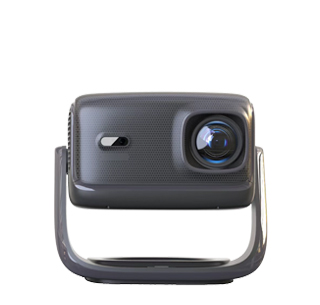
Installing a projector involves several essential pieces of equipment to ensure proper setup, optimal performance, and a seamless viewing experience. The right equipment not only facilitates the physical installation but also helps in achieving the best image and audio quality.
First and foremost, a projection screen is crucial. The choice of screen depends on various factors such as the room size, ambient light conditions, and the intended use of the projector. Manual screens are a cost - effective option for occasional use and can be easily rolled up when not in use. Electric motorized screens offer greater convenience, allowing users to control the screen's deployment with a remote, which is ideal for home theaters or professional presentation rooms. Fixed - frame screens provide a taut, flat surface, minimizing image distortion and are often preferred for dedicated home theaters or high - end screening rooms. Screen materials also vary; matte white screens offer balanced color reproduction, gain - enhanced screens are suitable for brighter images in well - lit rooms, and ambient light - rejecting screens reduce glare and reflections, ensuring a clear view even in rooms with significant ambient light.
Mounting equipment is necessary for proper projector placement. Ceiling mounts are a popular choice as they provide a stable and unobtrusive installation, keeping the projector out of the way and ensuring a consistent projection angle. They come in various types, including fixed - angle mounts for permanent installations and adjustable mounts that allow for fine - tuning the projector's position. Tabletop stands offer flexibility, enabling users to place the projector on a table or other flat surface and adjust its height and angle as needed. Tripods are another option, providing portability and stability, making them suitable for on - the - go presentations or outdoor screenings.
Connectivity cables are essential for linking the projector to various devices. HDMI cables are the most commonly used, as they can transmit both high - definition video and audio signals simultaneously. High - speed HDMI cables support 4K and even 8K resolutions, ensuring smooth transmission of high - quality content from sources like laptops, gaming consoles, Blu - ray players, and streaming devices. VGA cables can be used for older devices or for basic video - only connections, although they do not carry audio. For wireless connectivity, Wi - Fi adapters or Bluetooth receivers can be used, allowing users to connect their devices without the need for cables, which is especially useful in business presentations or for a clutter - free home setup.
Audio equipment can greatly enhance the viewing experience. While many projectors have built - in speakers, external speakers or sound systems are recommended for a more immersive audio experience. Soundbars are a popular choice due to their compact size and ability to deliver enhanced sound compared to built - in speakers, reproducing clear dialogue, crisp highs, and decent bass. For a more cinematic experience, surround - sound systems, including 5.1 or 7.1 setups, can create a three - dimensional audio environment with speakers placed strategically around the room. Subwoofers can be added to these systems to boost the low - frequency sounds, providing a more powerful and impactful audio experience. having the right equipment for projector installation is essential for achieving a high - quality and enjoyable projection setup.
Read recommendations:
HW40 Home Cinema - HW Series Projector
Charging Time of Projector Screens
Do Projectors Support USB Direct Play
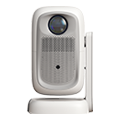
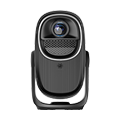
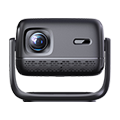
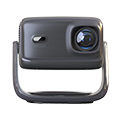
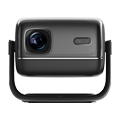
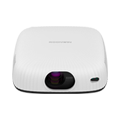
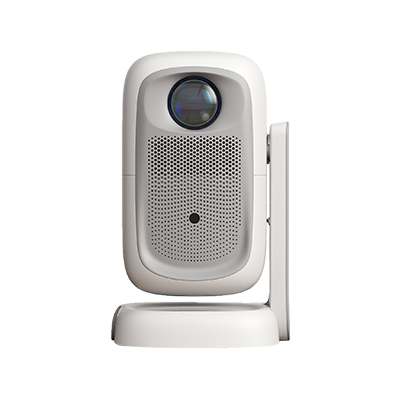
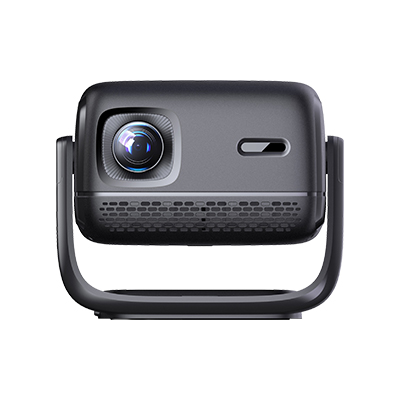
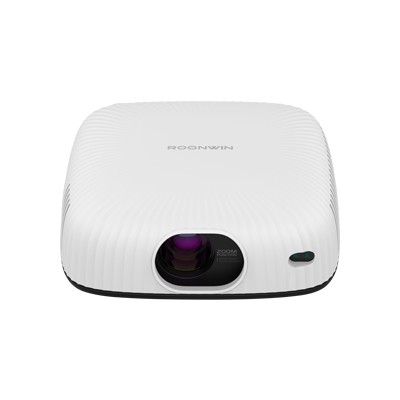









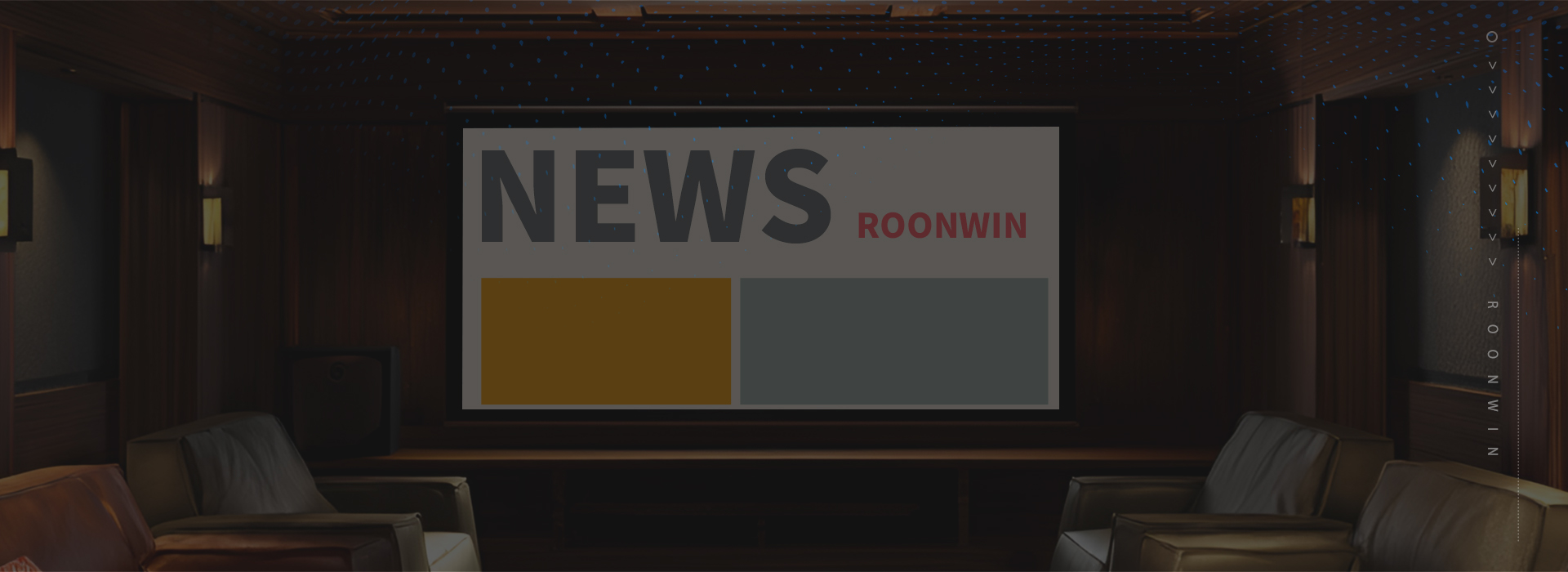
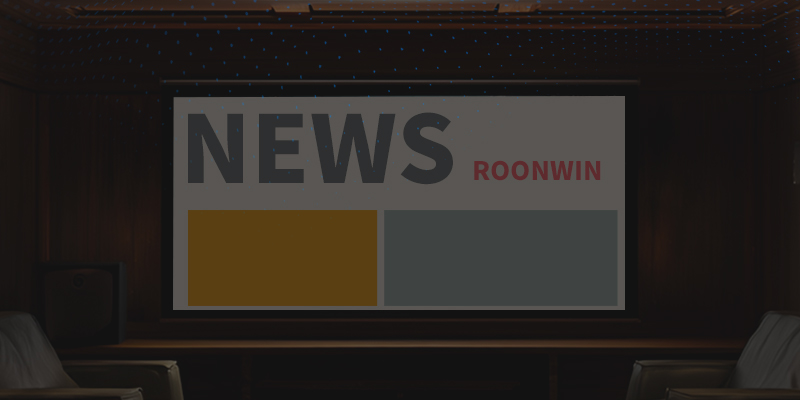
 Reviewed:
Reviewed:











